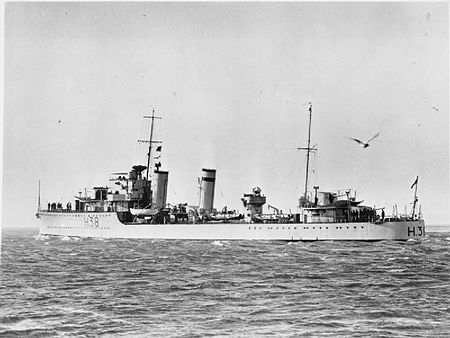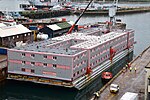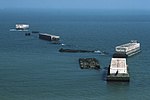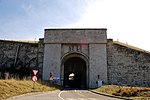HMS Delight (H38)
1932 shipsC and D-class destroyersDestroyers sunk by aircraftEngvarB from August 2014Maritime incidents in July 1940 ... and 4 more
Protected Wrecks of the United KingdomShips sunk by German aircraftWorld War II destroyers of the United KingdomWorld War II shipwrecks in the English Channel

HMS Delight was a D-class destroyer built for the Royal Navy in the early 1930s. Delight was initially assigned to the Mediterranean Fleet before she was transferred to the China Station in early 1935. She was temporarily deployed in the Red Sea during late 1935 during the Abyssinia Crisis, before returning to her duty station where she remained until mid-1939. Delight was transferred back to the Mediterranean Fleet just before the Second World War began in September 1939. She served with the Home Fleet during the Norwegian Campaign. The ship was sunk by German dive-bombers on 29 July 1940 while attempting to transit the English Channel in daylight.
Excerpt from the Wikipedia article HMS Delight (H38) (License: CC BY-SA 3.0, Authors, Images).HMS Delight (H38)
Dock Road,
Geographical coordinates (GPS) Address Nearby Places Show on map
Geographical coordinates (GPS)
| Latitude | Longitude |
|---|---|
| N 50.573611111111 ° | E -2.4336111111111 ° |
Address
Coaling Pier
Dock Road
DT5 1PP , Portland
England, United Kingdom
Open on Google Maps









